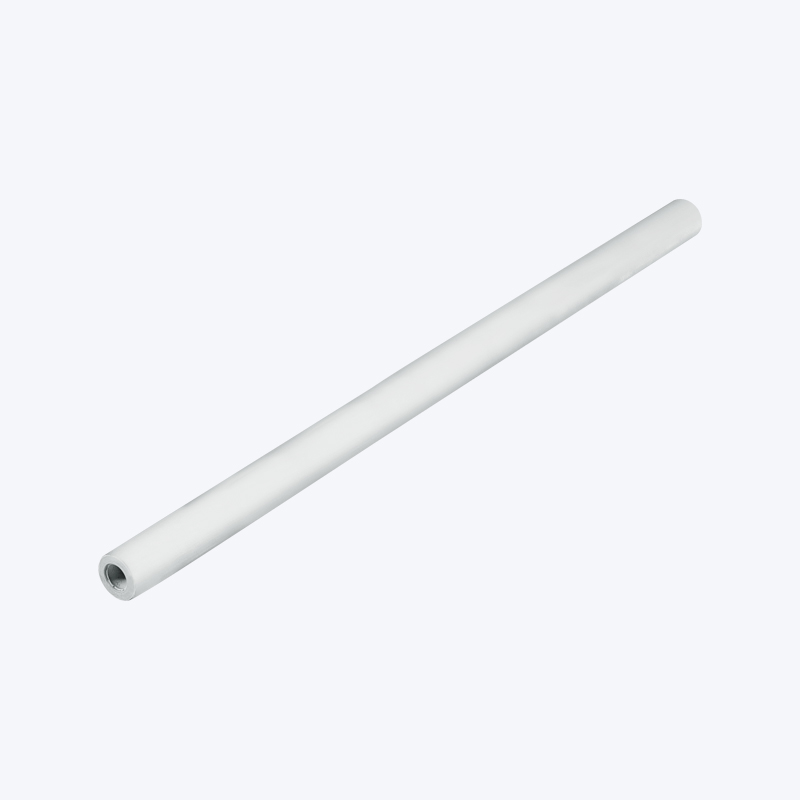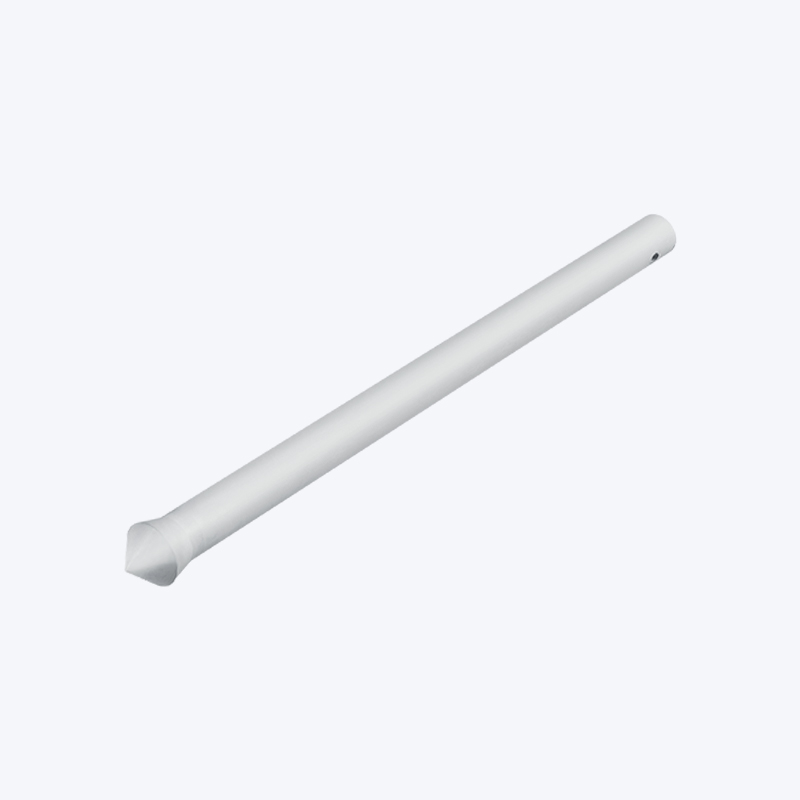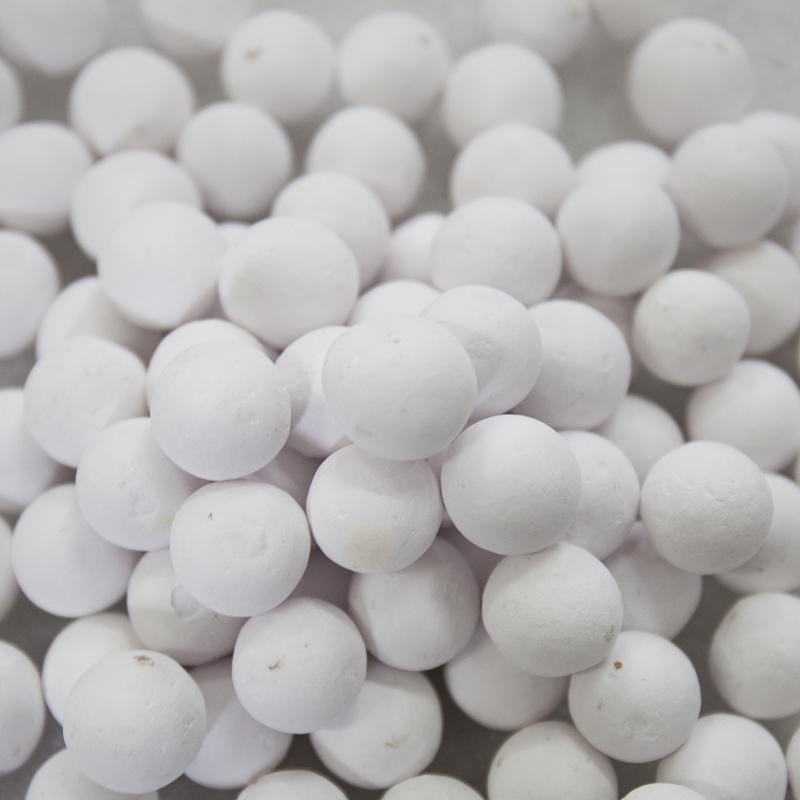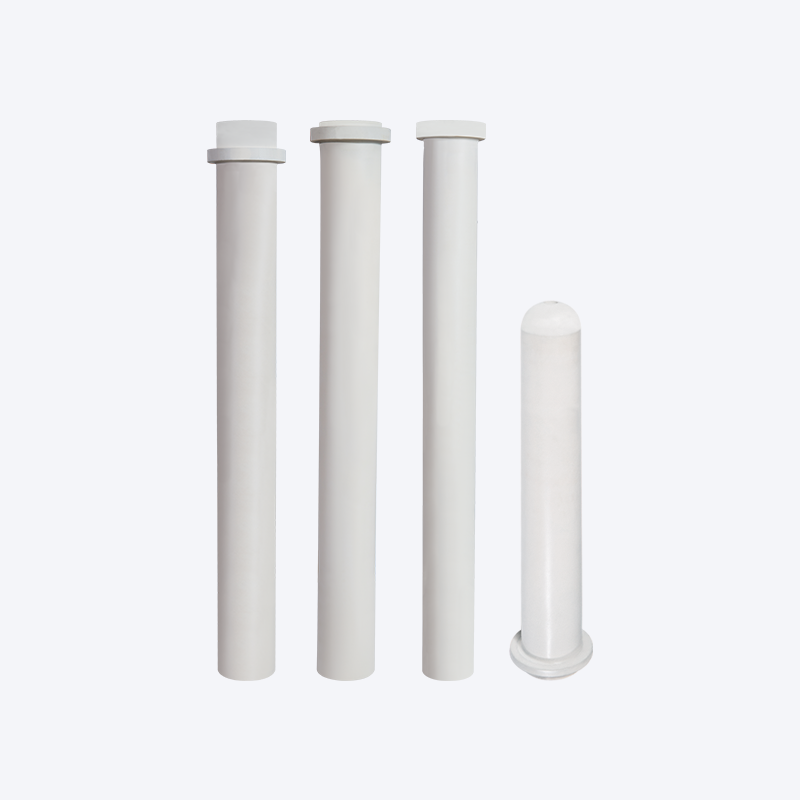How to make silicon nitride
Silicon nitride, a high-performance ceramic material, is engineered to excel in extreme environments. It's a compound of silicon and nitrogen with a unique combination of properties that make it a go-to material for demanding applications across many industries. This article explores how silicon nitride is made and the specific properties that make it an indispensable material for a wide range of products.
The Building Blocks of Strength: How Silicon Nitride is Made
The creation of silicon nitride is a sophisticated process that transforms raw materials into a highly durable ceramic. There are several methods for its synthesis, each with its own advantages, but they all share the fundamental goal of creating a strong, stable bond between silicon and nitrogen atoms.
1. Direct Nitridation
This method is perhaps the most straightforward. It involves heating a high-purity silicon powder in a nitrogen gas atmosphere at temperatures ranging from 1200°C to 1450°C. The chemical reaction is as follows:
This process is relatively simple, but careful control of temperature and atmosphere is crucial to ensure a uniform and complete reaction. The resulting powder is then processed further to create the final product.
2. Carbothermal Reduction
This method uses a mixture of silica (), carbon, and nitrogen. The mixture is heated to very high temperatures, typically between 1300°C and 1500°C. The carbon reduces the silica to silicon, which then reacts with the nitrogen to form silicon nitride. The reaction is more complex, but a simplified version is:
This process can be more cost-effective for large-scale production and allows for a high degree of control over the final powder's characteristics.
From Powder to Part: The Forming and Densification Process
Once the silicon nitride powder is synthesized, it must be formed into a solid, usable shape. The densification process is critical because the final performance of the product depends on its density and the absence of internal voids.
1. Hot Pressing (HP)
In this technique, the silicon nitride powder is placed in a graphite die and simultaneously heated and pressed at high temperatures (1600°C to 1800°C) and pressures (20 to 50 MPa). This method produces parts with very high density and excellent mechanical properties, making it ideal for applications requiring maximum strength.
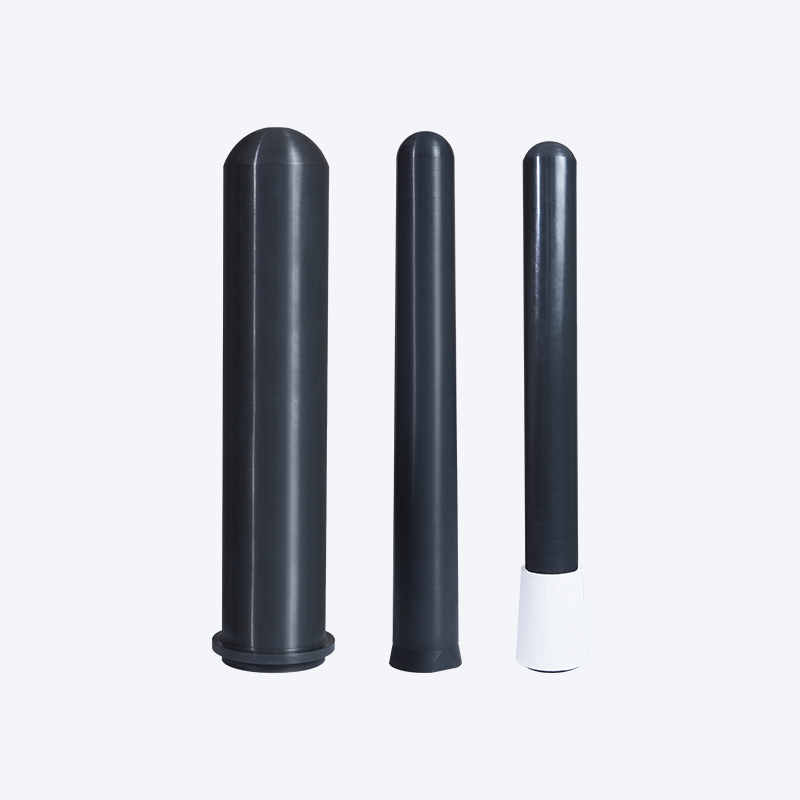
2. Gas Pressure Sintering (GPS)
This is a two-step process. First, the powder is pre-sintered to a high density. Then, it's placed in a high-pressure nitrogen atmosphere and heated to even higher temperatures (around 1800°C to 2000°C). The gas pressure prevents the material from decomposing at these high temperatures, allowing for exceptional densification. This method produces parts with complex shapes and superior properties.
3. Sintering
Traditional pressureless sintering can be used, but it often requires sintering aids—additives like (yttrium oxide) or (aluminum oxide)—to help the powder particles bond together at lower temperatures. This method is cost-effective and suitable for creating more complex geometries, though the final properties may not be as high as with hot pressing or GPS.
The Unrivaled Properties of Silicon Nitride
The meticulous manufacturing process results in a material with a unique combination of properties that set it apart from other ceramics and metals.
-
Exceptional Hardness and Wear Resistance: Silicon nitride is extremely hard, ranking just below diamond and cubic boron nitride. This makes it highly resistant to wear and abrasion, ideal for bearings, cutting tools, and industrial rollers.
-
High Thermal Shock Resistance: Unlike many ceramics that crack under rapid temperature changes, silicon nitride can withstand extreme thermal shock. This makes it perfect for applications like turbine engine components and high-temperature furnace parts.
-
Excellent High-Temperature Strength: It maintains its mechanical strength and hardness even at temperatures exceeding 1000°C, far beyond what most metals can handle. This property is crucial for components used in engines and other high-heat environments.
-
Low Thermal Expansion: A low coefficient of thermal expansion means the material won't expand or contract much with temperature changes. This contributes to its thermal shock resistance and dimensional stability in precision applications.
-
Corrosion and Oxidation Resistance: Silicon nitride is highly inert and resists corrosion from many chemicals and acids. It also has excellent resistance to oxidation, making it suitable for harsh chemical processing environments.
The Product in Action: From Components to Cutting-Edge Technology
The unique properties of silicon nitride are harnessed to create a wide variety of products. Think of silicon nitride bearings in wind turbines and electric vehicles, where their high strength and low friction increase efficiency and lifespan. Or consider cutting inserts and dies in manufacturing, which can handle extreme speeds and forces without breaking down. In aerospace, it's used for engine components that must withstand blistering heat. The ability to make silicon nitride with tailored properties means it can be optimized for specific uses, from insulating substrates in electronics to surgical instruments in medicine.
In conclusion, the manufacturing of silicon nitride is a complex but rewarding process that yields a material of unparalleled performance. Its ability to withstand extreme conditions, combined with its strength and durability, makes it an essential component for innovation in countless industries. The meticulous science behind its creation ensures that every product carrying the name silicon nitride lives up to its reputation for excellence.
Contact Us for Quotes and Prices!
Just let us know what you want, and we will get in touch with you as soon as possible!

 English
English 简体中文
简体中文



